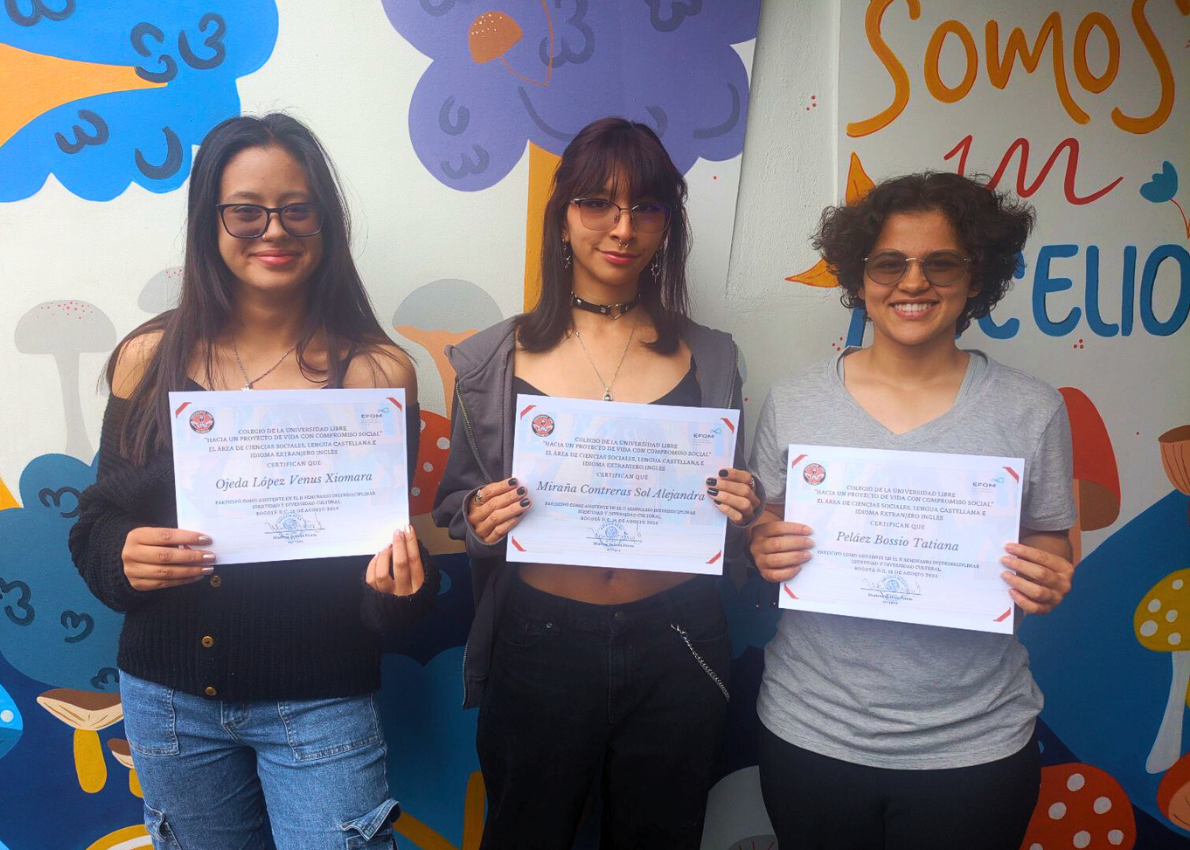Meaningful learning is the key to successful learning. First, let’s start by analyzing how you learned at school … Did you learn with fear or just because of what the teacher was going to say? Or maybe, did you forget everything you had memorized after the exam? First, we must tell you that learning is like a spider web that is woven in our brain as we learn, therefore, it is important to build solid tissues, since these are the basis to guarantee meaningful learning. Do you want to know how to do it? Now read these 10 keys:
- Learning starts from emotion: The teacher is the channel to check how the student’s emotions are and if there are other external factors that are affecting their learning process.
- Starting from previous knowledge:It is important for the teacher to know what the student’s bases are to start generating new fabrics from these.
- Knowledge organization: The school and the teachers must guarantee the structure in which the information is going to be distributed to the student to hook and motivate them to continue their process.
- Give words that are not strange: The teacher should start with a more common terminology for the child or adolescent and gradually incorporate new words. The idea is that the student does not feel lost during class and that the topics covered generate greater interest in order to participate and feel comfortable.
- The teacher must be a guide: This must become a support to generate knowledge together with the student and guide him in the construction of learning.
- The student must assume certain responsibilities: It is essential that the student feels motivated and happy in his/her learning process. In this step it is fundamental to emphasize that both, the school and the family, as well as the student must be involved.
- Motivation: It is the fuel necessary for the learning process to advance. This is a key factor for the student to develop their autonomy with their tasks and other responsibilities. This key must be applied by the teacher.
- Exchange of opinions: The classroom and the school must be valid spaces to listen to the opinion of each other. The student must understand that the teacher does not have the last word and that all human beings have different opinions and these are valid too.
- Adequacy of content: Ideographically analyzes the student to know what their abilities, talents or weaknesses are and see what can be improved to avoid frustration. In this step the contents are adapted according to their capacities and aspects to be improved.
- Feedback on what has been learned: This is a moment for the teacher to explain in detail to the student what their grade means and their grade is not just a number.
These keys are applied by us day by day at the Renfort Personalized School and it is what has helped us to be disruptive, adaptive and personalized.





